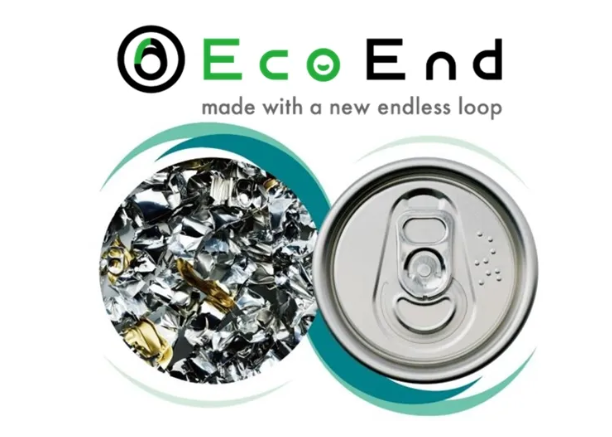

Japan's leading breweries, Suntory Holdings Limited, Asahi Group Holdings, Kirin Holdings, and Sapporo Holdings, will begin phasing in using the "EcoEnd™" can lid for select beer products in February 2025.

These innovative solutions significantly reduce greenhouse gas (GHG) emissions, cutting production-related emissions by approximately 40 per cent. This move takes a big step forward in terms of sustainability and environmental responsibility.
Toyo Seikan Co., Ltd. has jointly developed with UACJ Corporation "EcoEnd," a beverage can lid that reduces greenhouse gas (GHG) emissions by approximately 40 per cent compared to current products, and this marks the first time that it has been widely adopted in the alcoholic beverages and soft drink industry. In the future, companies will likely adopt it for a broader range of products beyond just beer.
Traditionally, the alcoholic beverage and broader beverage industries have relied on can lids made predominantly from primary aluminium to ensure optimal material workability. Primary aluminium production is highly energy-intensive and produces substantial greenhouse gas emissions (GHG). This heavy reliance on primary aluminium has raised environmental concerns, particularly when using recycled materials with a considerably lower carbon footprint.
According to Toyo Seikan, can ends and can bodies require different properties, such as the strength of aluminium, so a certain amount of new metal is added to the can ends to adjust the composition. The material of "EcoEnd" is closer to the composition of the can body by reducing new metal and increasing the proportion of recycled materials such as used beverage cans (UBC). Therefore, at the time of melting, "EcoEnd" and the material of the can body can be considered the same "mono-material". After melting, the composition is adjusted, and "EcoEnd" and the can body are made separately, making it possible to have the same characteristics of the can end and the can body as before.
Image credit: Toyo Seikan Group Holding website
Information credit: Asahi PR



Responses






